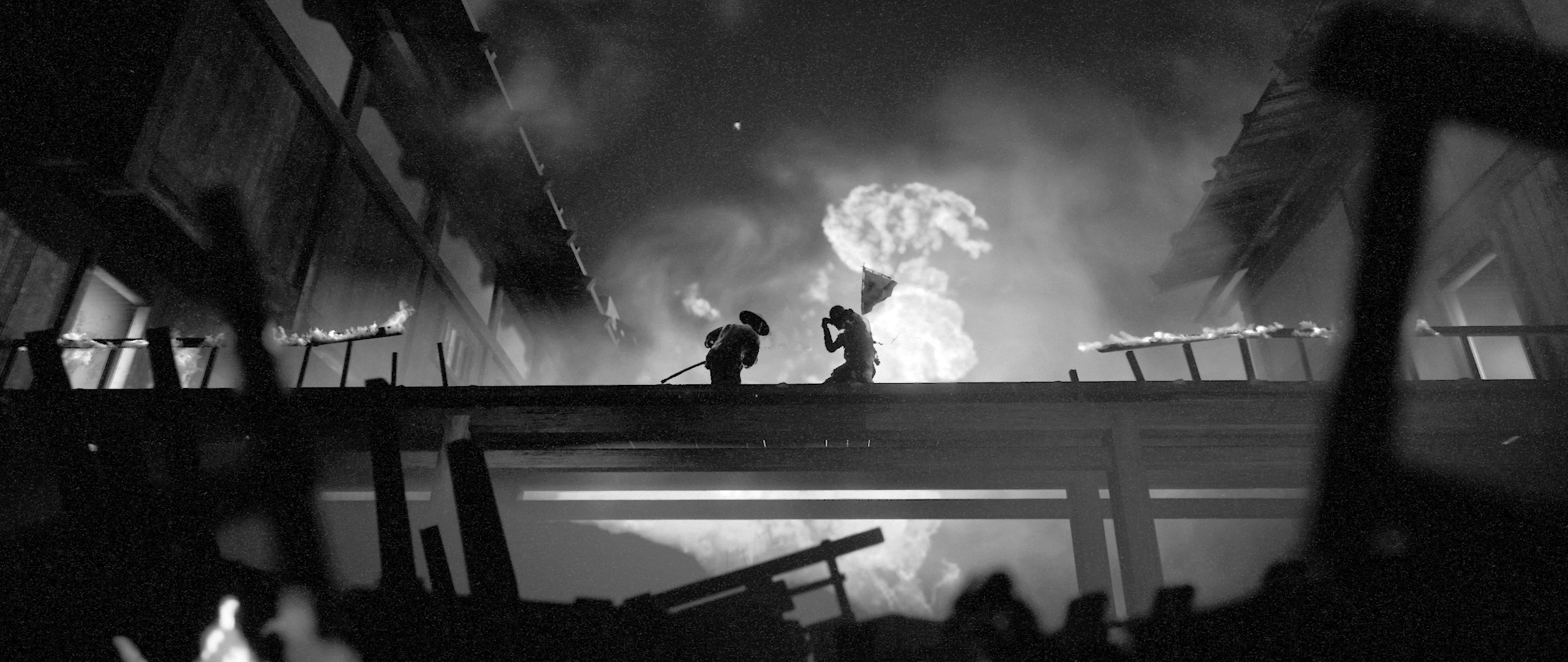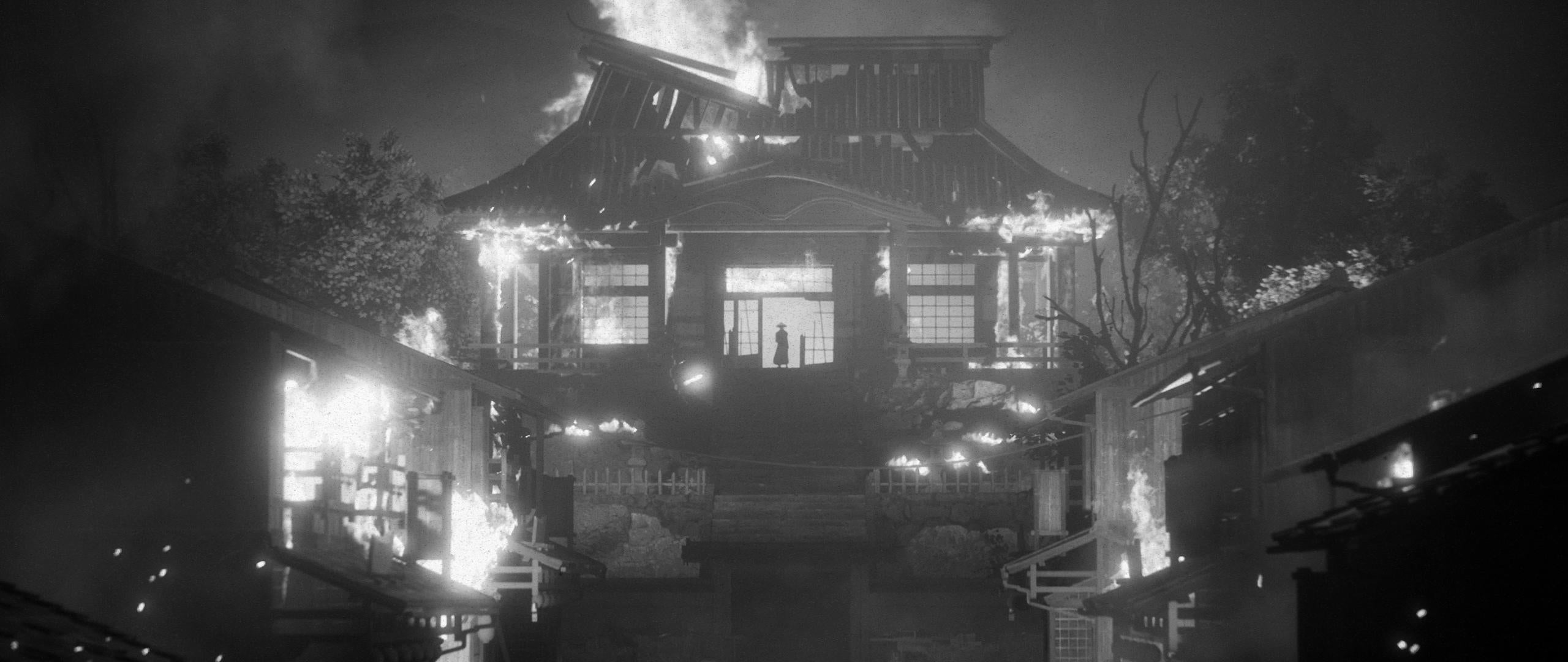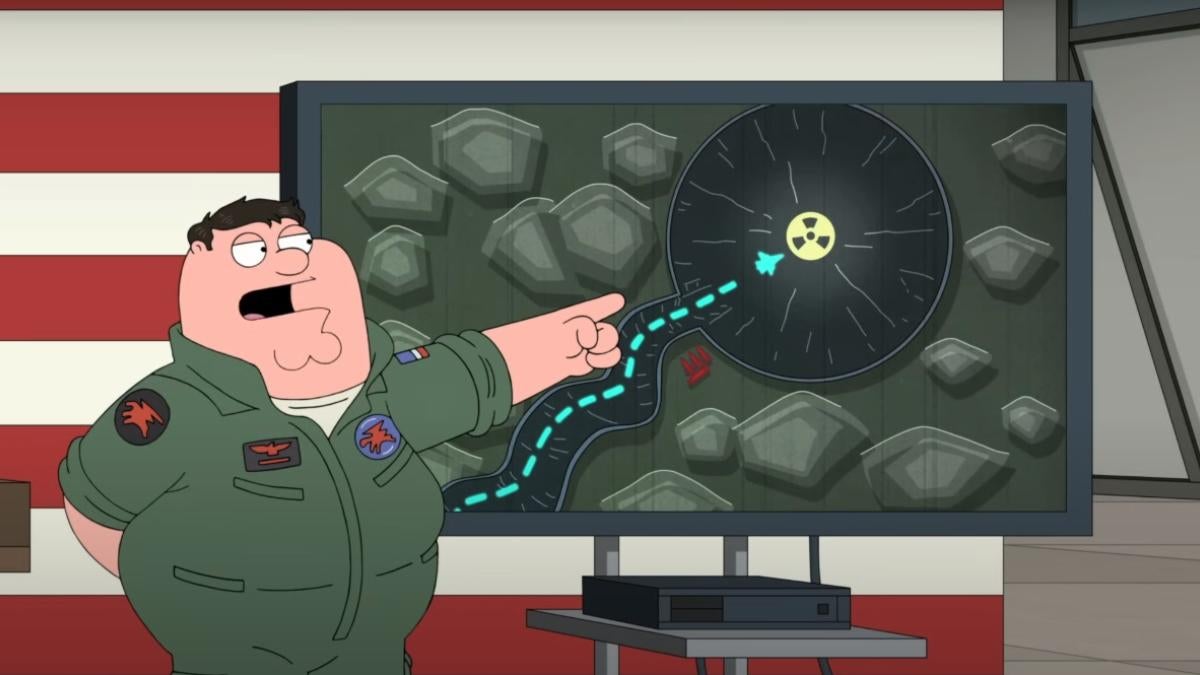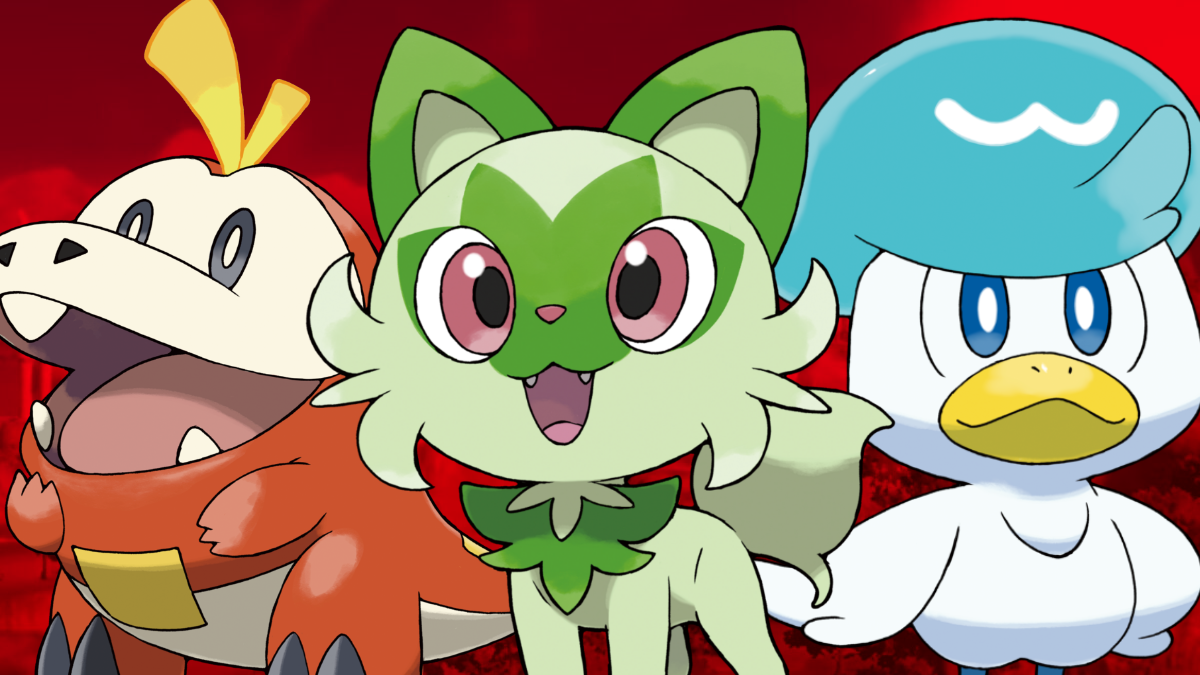Trek to Yomi Review: A Dull Blade
Flying Wild Hog's Trek to Yomi seeks to capture the magic of the beloved samurai film genre, incorporating the genre's visual aesthetics combat style. The game casts players as a samurai out for revenge in a tragic story that takes some surprising turns. Unfortunately, while the effort and attention to detail in recreating this aesthetic pay off, Trek to Yomi fails to captivate with its gameplay. Imitating another artform only takes the game so far before leaving players wondering if it was a trek work taking in the first place.
Trek to Yomi is an unabashed love letter to samurai movies. I'm not able to speak to the accuracy or authenticity with which the game represents Japanese culture (the developers say they collaborated with native Japanese experts at the Edo Museum in Tokyo). However, the game impressively emulates the look of Japanese films directed by Akira Kurosawa and others. Choosing a black-and-white color palette and employing a film grain is obvious. However, the designers' appreciation for the scenic cinematography of those films is also impressive. That appreciation comes through in the Trek to Yomi's frequently picturesque framing of scenes, even if that framing sometimes sacrifices clarity in combat.

Players control Hiroki, a samurai who made his first kill and watched his master die at a very young age. Years later, Hiroki has married his master's daughter, now the village elder, and works to protect her and their village. However, when the man who killed his master returns, seemingly from the dead, Hiroki goes on a quest for vengeance that takes him to places he couldn't imagine.
The story doesn't offer much characterization for its characters. The supporting cast doesn't get much screentime, and Hiroki isn't defined much beyond his quest. The game wants to question Hiroki's devotion to his duty, but when the game hinges on him doing what his samurai training demands, that's hard to do. The story lacks rising action or tension, a flat narrative experience gently nudging players through the plot.
As if to make that literal, players spend most of the game walking a linear path from one point to the next. This pattern is occasionally interrupted by opportunities to eliminate enemies with environmental hazards or by puzzles so simple they barely qualify as puzzles as much as interactive distractions.
Close combat is the game's core. It isn't the fast-paced action of much more adrenaline-charged action games. Instead, Trek to Yomi offers a more considered back-and-forth between Hiroki and his opponents. The key to surviving any fight is knowing when to strike and guard. Time your guard right, and you can open up your opponent to a counterstrike. However, Hiroki has a stamina meter depleted by each attack or block. More powerful, advanced skills take up more of the bar. Once he runs out of stamina, he becomes exhausted and defenseless against his foes' strikes.
In theory, this is a clever way to shape the combat into something resembling cinematic swordfights of the genre. A player wildly swinging their sword will be rebuffed, exhausted, and defeated. Instead, players must engage in careful positioning and well-timed defensive maneuvers to find an opening for a precise, decisive counterstrike.
In practice, it's more clumsy. Even though Hiroki is a samurai with years of training and experience, he starts the game with only the most basic skills. Fighting in the early game feels like flailing around with a wooden stick. It takes until about halfway through the game (about three hours into the six-ish hour experience) to unlock enough skills to feel like Hiroki knows what he's doing.

For example, Hiroki can eventually turn a parry into a sidestep that swaps positions with an opponent leaving the foe's back open to a deadly spinning slash. It's one of the game's smoother moves, and employing it feels more like a samurai move than any technique preceding it. It's a shame the awkward control scheme tying sword techniques to directional buttons sometimes means accidentally spinning around instead, leaving Hiroki's rear undefended.
Ultimately, the combat felt too simple. Most fights come down to how well you remember an enemy type's standard attack pattern and which slashes and jabs work best against them. There aren't enough kinds of enemies to keep this engaging throughout. Instead, the game throws enemies at the player in increasing numbers while extending the distance between save points, which only serves to frustrate.
I'd pinned my hopes on the boss battles, assuming that's where the combat shines. Imagine my disappointment when I was able to stun-lock the first boss with a simple light thrust attack, literally poking him to death. Later bosses prove showier than the first but still don't take more than a well-timed roll to get behind them to defeat. Even the final boss offers little more interesting than throwing a couple of generic henchmen at you mid-battle.
To start the game, Hiroki travels through realistic locales, lovingly rendered. About halfway through the game, there's a surprising change in setting. Hiroki enters a moodier, horror-tinged environment that allows the game to transcend its start as little more than a pastiche. The game also begins throwing new, more fantastical enemies into the mix, which may upset anyone looking for an authentic samurai experience, but it adds some needed variety.
Unfortunately, this all comes a little late in the game. Trek to Yomi starts to come into its own only as it heads towards its finish. It's easy to admire what Flying Wild Hog set you to do with Trek to Yomi. It's an attempt to blend the appeal of the classic samurai film genre with the interactive moodiness of fellow indie games like Playdead's Limbo or Inside. It's partially successful in that regard, but while the ideas underpinning the game are solid, their execution leaves something to be desired. Ultimately, Trek to Yomi could have benefitted from more time studying the blade.
Rating: 2.5 out of 5
Trek to Yomi is available now for Windows PC, PlayStation 4, PlayStation 5, Xbox One, and Xbox Series X and Series S. It was reviewed on a PlayStation 5 with a review code provided by the publisher.




